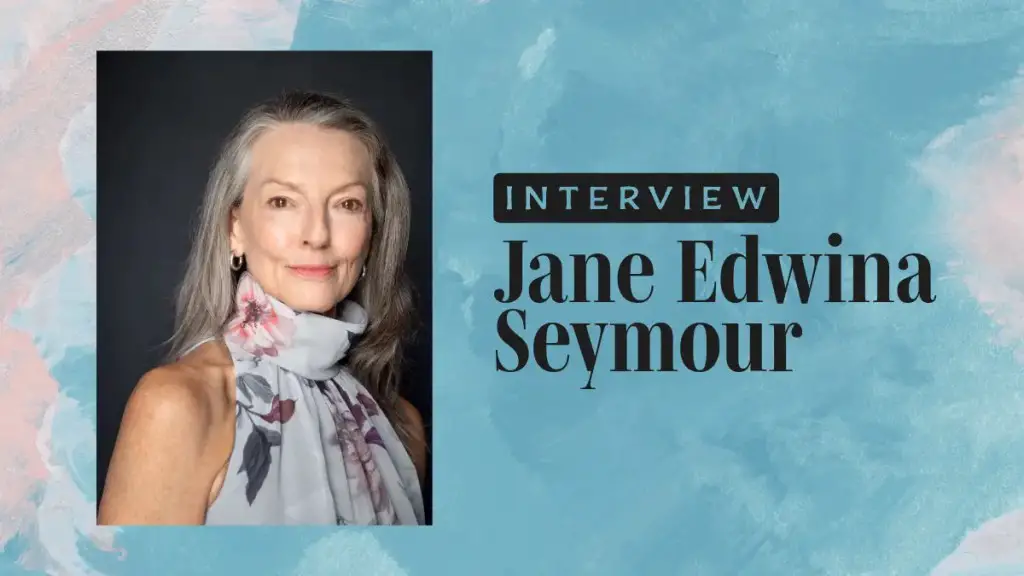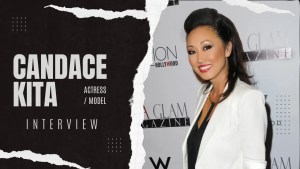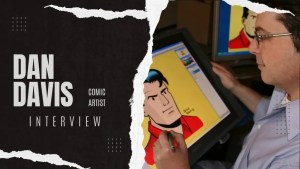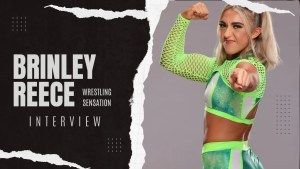Table of Contents
- Introduction
- About Jane Edwina Seymour
-
Interview
- Portraying Borg Queen and Laksesis
- Challenges with prosthetics and makeup
- Preparing for the role of Laksesis
- Balancing expectations in STAR TREK and STAR WARS
- Developing Laksesis’s distinct presence
- Exploring genres and classical theater
- Adapting techniques with prosthetics and costumes
- Comparing grounded shows to sci-fi
- Most rewarding role and future aspirations
Introduction
In November 2024, we had the privilege of conducting an exclusive interview with Jane Edwina Seymour, the Australian actress whose career spans over four decades. Known for her versatility across theater, film, and television, Seymour has captivated audiences worldwide with her compelling performances.
During our conversation, Jane shared her experiences bringing complex characters to life, the challenges of working with prosthetics and costumes, and her thoughts on balancing audience expectations while staying true to her craft. She also discussed her work as a producer, her love for Shakespearean drama, and the personal significance of her most rewarding roles. This interview provides a deeper look into the journey and artistry of a seasoned performer who continues to inspire audiences worldwide.
About Jane Edwina Seymour
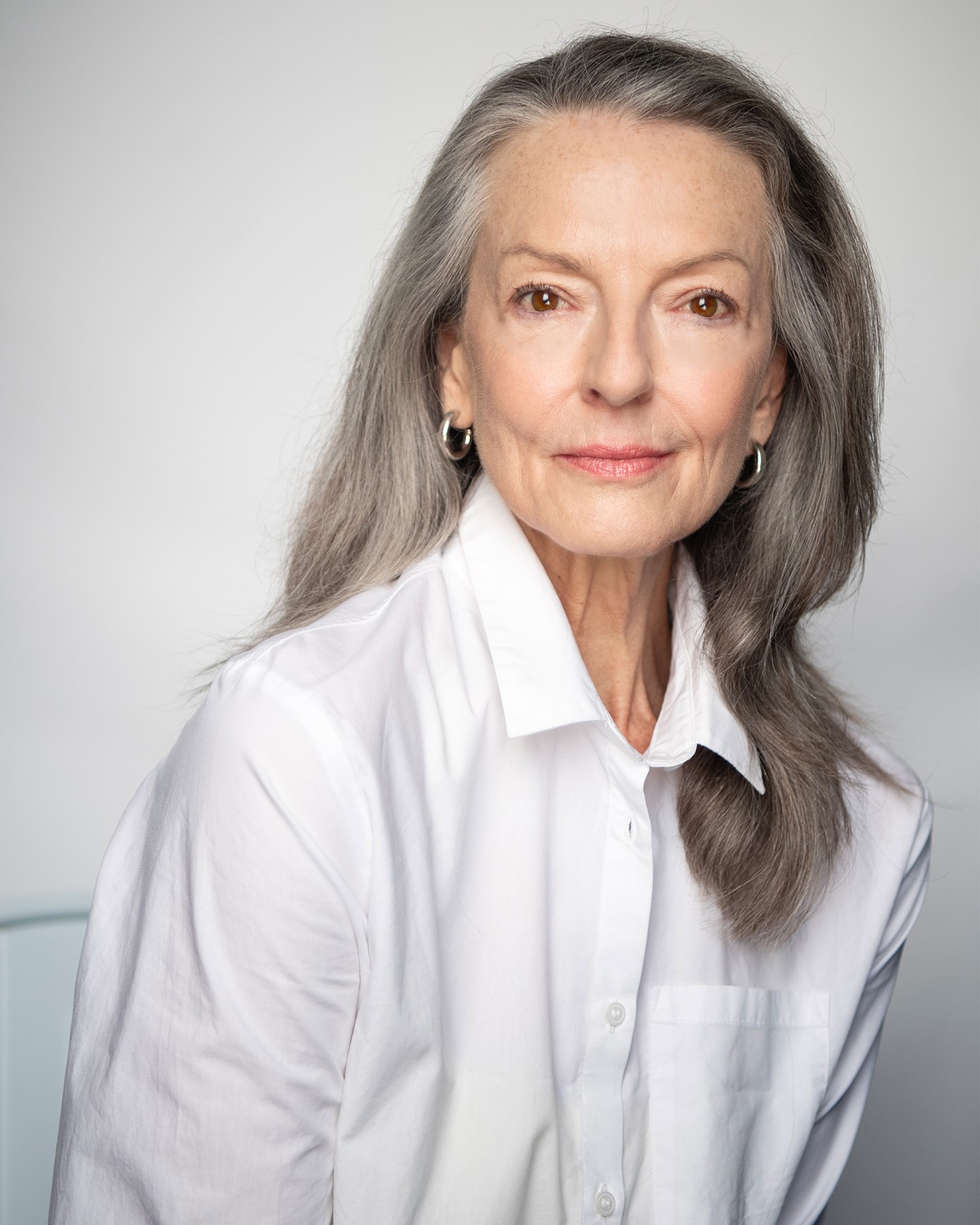
Jane Edwina Seymour began her artistic journey in Australia, where she dedicated over 30 years to theater and film. In the mid-2010s, she relocated to Los Angeles, where she quickly found success in television, appearing in popular series such as Star Trek: Picard and Ahsoka. Seymour’s portrayal of Lakesis, one of the Great Mothers in Ahsoka, and her role as the body double for the Borg Queen in Star Trek: Picard, have further solidified her reputation as a versatile and accomplished actress.
Beyond her on-screen work, Seymour has also appeared in acclaimed films such as Lost in Tomorrow (2023) and Phantom Valley (2020). Her dedication to authentic storytelling continues to inspire audiences and aspiring actors alike.
Interview with Jane Edwina Seymour
1. You’ve portrayed the Borg Queen in “Star Trek: Picard” and the Great Mother Lachesis in “Ahsoka.” What drew you to these characters?
It was through the casting process that these roles came my way. Respective casting directors (CD’s) of each show approached me via the initial casting process. A process that involves receiving the casting brief via my US Manager, submission of an initial self-tape with the script I was sent and then submitting that self-tape back to the CD’s for review. For these roles there were likely quite a few actors being looked at.
For Borg Queen , I was cast straight off my initial self-tape. For Lakesis , I did 11 self-tape ‘call-backs’ following my initial self-tape submission.
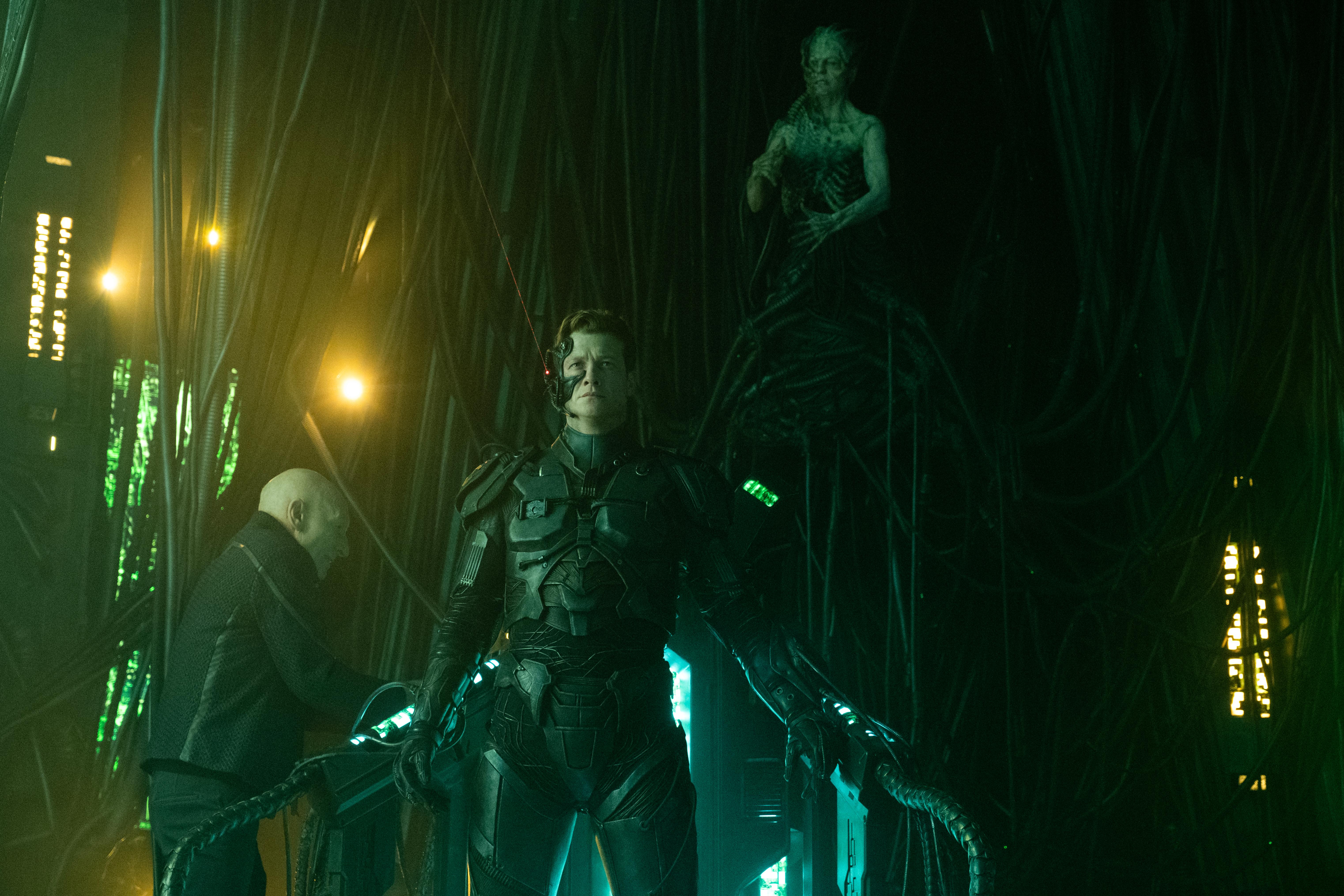
How did you approach these iconic roles?
Because both roles have enormous provenance, the very first place I started to approach these roles is with extensive, protracted and far-reaching research. I used every tool at my disposal to become deeply imbued with the respective ‘Universe’ they exist in. Since I have a genuine appreciation for STAR TREK and STAR WARS (and Sci-Fi in general), I was highly motivated to engage with the huge amount of material that was at my fingertips. Additionally, these roles are truly wonderful in anyone’s artistic and/or literary traditions; and for an actor such as me, dream roles to inhabit and play in the Borg Queen instance: and create, inhabit and play in the Lakesis instance.
Each role had its own specific demands. For instance, Borg Queen required extensive study of Alice Krieg’s vocal intonation, phrasing, tonal qualities, breath control, enunciation, acting beats and moments. I spent two months in vocal preparation prior to stepping onto set.
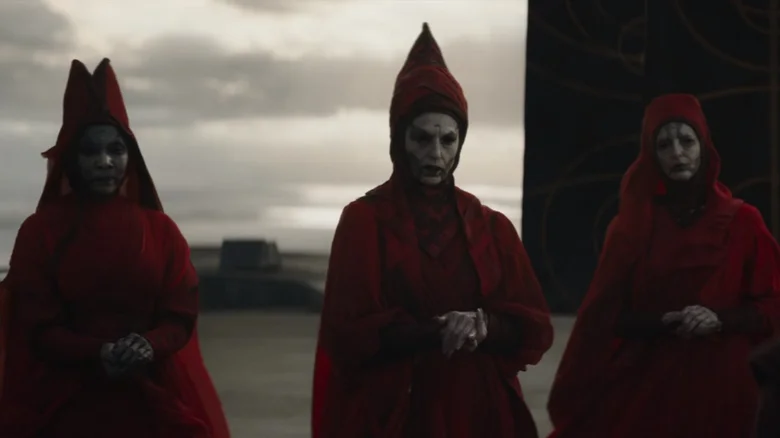
Both roles gave me the opportunity to develop my unique sensibility with respect to physicality, attitudes, behaviors, intentions and motivations. For me, this is where my craft, experience and instincts combine to shape and define each role in their own image without sacrificing my unique qualities and authenticity of portrayal – I must be true to myself as well as serve the character and the character’s journey within the narrative – it’s a delicate balance.
I must also be open and willing to fit into the production and directing ethos dedicated to the creation of a cohesive and intelligent narrative that is at once highly visual, technically sophisticated, artistically credible and believable within that specific Universe.
For example: As ‘Lakesis’ , I am one of three, a trilogy of Great Mothers if you will, who need to wield their magic collectively yet remain individual and equally dangerous. So being willing, open, authentic and true to myself as an actor facilitates the playing of an ‘ensemble’ energy when the moment calls for it – and it did. All the while remaining individual characters, as well as ‘ensemble’ characters. For me, this is where my real power lies both as an actor who is creating one of the Great Mothers.
2. Playing the Borg Queen required intense prosthetics and a complex costume. Can you describe what it was like to embody the character physically, and were there any challenges with makeup and special effects?
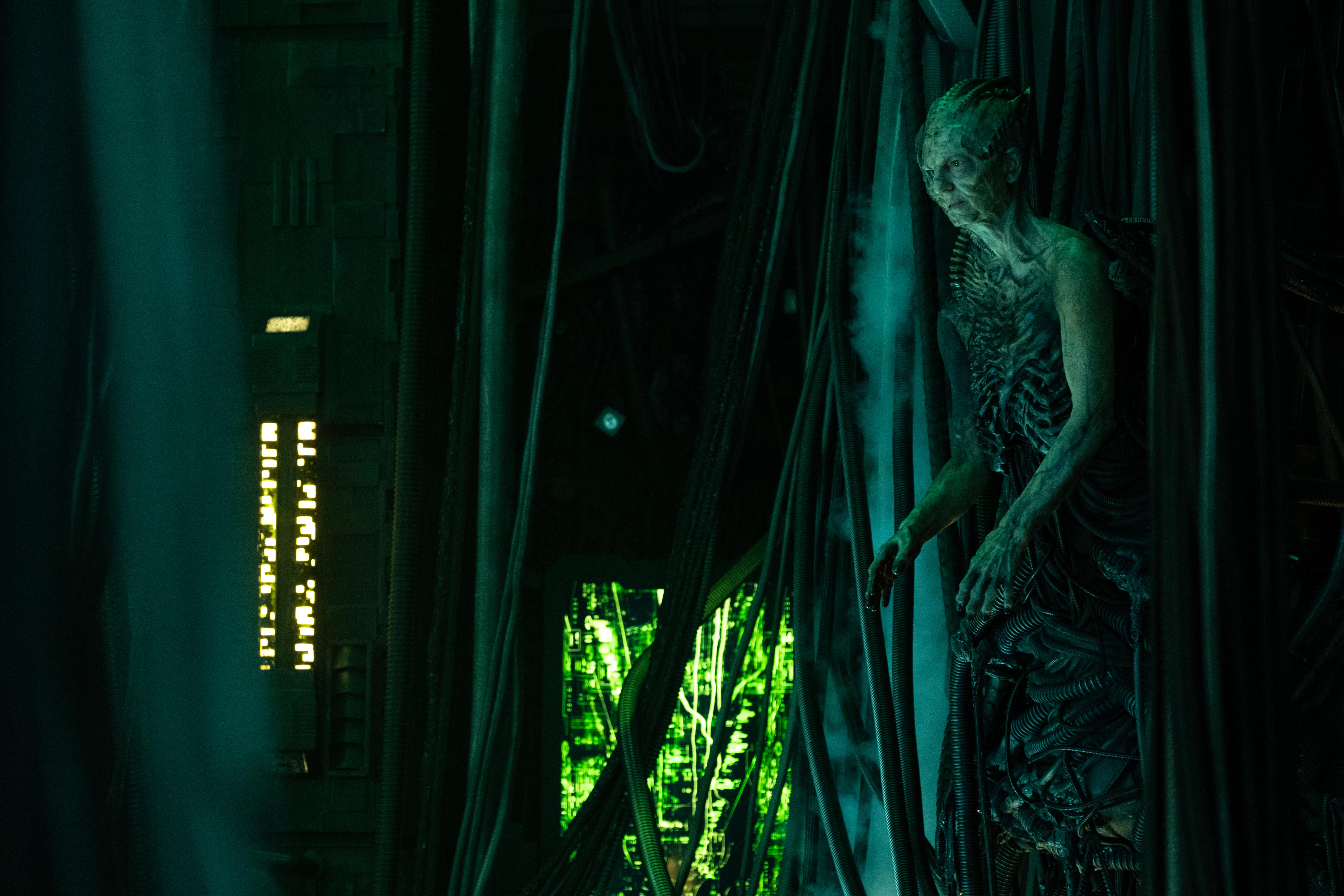
There was a steep learning curve involved for me in understanding just how extensive and all-encompassing Borg Queen prosthetics and makeup was going to be. My first session (first of three) with Prosthetic Artist, Vincent Van Dyke, took a whole day at his studio in Burbank. During which he laid the sculpting foundations for the Picard season 3 Borg Queen ‘look’.
Later in the day, head of makeup James McKinnon joined Vincent in collaborating specifically on how the production wanted Borg Queen to look at this final stage of her existence.
I found the whole process to be fascinating, exciting, uncomfortable, exhilarating, labor-intensive, exacting and painstaking in the extreme. That initial day with those two amazing industry artists, who I hold in the highest professional esteem, was a crash-course in what I was in for each morning at 5am in the makeup chair during filming. Upon reflection: I feel the results speak for themselves.
I think the most challenging aspect of embodying Borg Queen was keeping my energy and characterization at a heightened level when on stand-by for various scenes to be shot throughout the day. As you can appreciate, once I was in my Borg prosthetics and costume (which was not comfortable), it stayed on until days’ end when the director calls” That’s a wrap”. As soon as I was called back to set to shoot a scene, I had to be ready to go and be at the same level as the last time I worked on camera that day. Picard season 3 worked at a furious pace on-set and there was little to no prep time to get back into the swing of the character. I had to be ‘in character’ straight away. For me, the only way to do that was to stay ‘in character’ all the time.
Even more reason why I was so grateful to be working closely with fantastic crew members who brought me onto set, looked after my safety and made sure I got into my metal frame 20 feet in the air safely. And to top that off, I worked very closely on-set with James McKinnon and his chief (makeup) painting artist, Hugo Villasenor, who made sure Borg Queen was looking precise and pristine before each take. Two of the best in the industry so I was in excellent hands. And it was a joy and a thrill to have worked with these artists.
3. Ahsoka marks your entry into the “Star Wars” universe as one of the mysterious Dathomirian witches. How did you prepare for the role of Laksesis, and what was your experience like on set?
As mentioned before, I did exhaustive research and for Lakesis , I watched numerous series and episodes in the Star Wars\ Universe to develop a deep appreciation and understanding of where Lakesis has come from, her origins, her own journey towards becoming a Great Mother, a Dathomirian witch and a force to be reckoned with in her own right. Allied to that are the acting frameworks I use to create a character: backstory, given circumstances, fact or fiction, wants, desires, likes, dislikes, family tree, personal history both real and imagined and so on. Lots of considerations get generated via these processes which are not definitive or exhaustive, rather, they are triggers that stimulate my imagination, intellect and discretionary character choices; as well as a myriad of questions that stimulate further enquiry. It all gets written down into my workbook (I have dozens of them), which is a vital tool I use to collect all my ideas, discoveries, corrections and images, drawings and riffs on whatever I’m working on.
This is what works for me and should not be applied to other actors because they will have their own process in building a character that is authentically their own, and that should be respected.
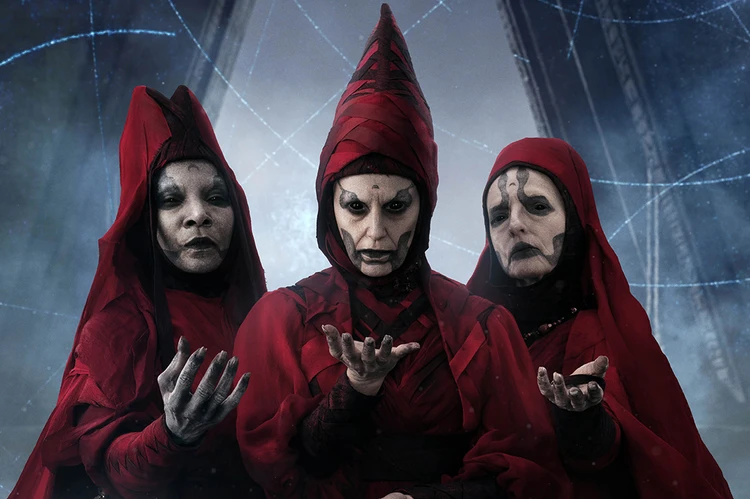
Another vital part of preparing for the role of Lakesis was becoming completely at one with the stunning costume and head dress designed by the show’s gifted Costume Designer, Shawna Trpcic. It was so conceptually evocative of Lakesis that I immediately resonated with it and gleaned tremendous inspiration from it. The moment I tried the costume on with the head dress during a fitting session, I instinctually knew who Lakesis was. That doesn’t always happen but when it does, it’s to be honored. Shawna’s overall costume designs for Ahsoka would go on to win an Emmy, which was well-deserved.
I loved working on-set for Ahsoka. The cast were all very pleasant and a mix of international and US actors, which made for a truly interesting group who wanted to be the best they could be, and for the series to be a success – I know I did.
The crew and the production team were incredibly hard-working and always good to be around. Dave Filoni is the ‘ Master & Commander’, his work ethic is phenomenal. All my interactions with him were thoughtful, expansive, decisive and positive. It is for very good reasons I call him the ‘Professor Emeritus’ of the Star Wars Universe.
4. Working with well-known characters and settings in both Star Trek and Star Wars comes with high expectations. How do you balance these expectations with your own interpretation of the roles?
I think it’s reasonable to expect that well-known characters will come with lots of ‘high expectation’ baggage. So, for me, it is about accepting those expectations as valid yet in no way should they be an impediment to me bringing my considerable professional acumen to the forefront of wanting to exceed those expectations and I’m going to do my best to achieve that.
It’s for others to decide if I succeed in doing that or not.
A parallel example would be me playing Shakespeare’s Lady Macbeth or Cleopatra, which have been played by countless actresses with spectacular results, yet that never stopped me playing those roles.
I think other dynamics have sway too. For instance, if the CD does their job and finds the best actor for the role then whatever high expectations may be on the role become theoretical at that point, we just know they exist. The CD wants me to succeed. I want to succeed. The director wants me to be great for the role and effortless to work with. Nobody wants to fail; everyone wants to do a great job.
If my interpretation of a role is off kilter, I will take direction and adjust to the best of my ability because collaboration is essential to achieving ANY expectations particularly in this context.
This is also part of my job.

5. Your character Lakses is deeply connected to the dark side of the Force. What was it like to work with the other Great Mothers on Ahsoka, and how did you develop your character’s distinct presence?
For me, it made total sense to find the intersections of complicity with my fellow Great Mothers to work the dark side of the Force so powerfully and successfully. And the script provided ample opportunities for that to shine through. The Great Mothers trilogy was beautifully written, and it only needed me, Jeryl and Claudia to conjure the magic on-set literally and magically – vocally incant a big spell, create movement and physicality to summon the dark magic to do our bidding. I cannot speak for Jeryl or Claudia, but I had a blast finding those intersections and then making them come alive. Luckily, I was working with two terrific actors, and I feel the results speak for themselves.
As mentioned earlier, I found Lakesia’s distinct presence through careful character development, asking the Director questions, allowing the costume to inform my choices, remaining open and spontaneous to how other characters spoke to me and related to me as Lakesis .
My Lakesis backstory ended up being very detailed so for brevity-sake, I will truncate it into a nutshell:
“I see everything seen and unseen; I am ready to wield the power of the dark side of the Force; I move quietly yet I can strike at any moment; I am a Great Mother; I am a Dathomirian Witch; I am one of Three; I am one of One; I come from Warriors—I am Lakses.”
6. You’ve had roles in a variety of genres, from intense dramas like Nova Vita to science fiction. Do you have a preferred genre, or do you find value in exploring a wide range of roles?
When I first started in the business in Australia in the late 1970’s/early 80’s, fresh out of drama, voice and dance classes, I auditioned for everything and took every job I landed. I worked in Community theatre, dance companies, poor theatre, street theatre, musical theatre, student films, Co-Op theatre companies and all sorts of gigs. After getting an Agent, I started getting TV commercials and TV series castings for small roles – girl in the library/ student at the Bus Stop/ girlfriend to leading lady/ drugged out party goer, all sorts of bit parts.
Much of my early work was in whatever genre the job was in. Then I started landing bigger roles in theatre and TV, mostly drama and some light comedy.
While studying for my Masters (MA) in Theatre & Film I got TV commercials, a few (forgettable) films and while working at one of Sydney’s most established independent theatres I was cast in my first Shakespeare role – Kate, wife to Hotspur, in Henry IV, part one. That was the start of a journey of discovery into Shakespear and Classical theatre that inspired me to formerly train in Classical Acting in 1998 at the British American Drama Academy (BADA) in England. That journey continues today.
Subsequently I have played numerous Shakespeare roles, both male and female. So, whilst I do love playing a wide range of roles on stage, in TV and film, all of which has been key in developing a very versatile acting skill set, I do love Shakespeare and Classical theatre.
7. With experience in both live-action and prosthetic-heavy roles, how do you adjust your acting techniques when your appearance is heavily altered by makeup and costume?
I’m not sure if “adjust” is the right word, it’s more like I adapt my acting techniques and methodologies to these types of roles. As I get to know a role (makeup/prosthetics/costume considerations aside for a moment) the role itself and the story will inform me what it needs me to do to learn it, develop it and make it my own. The script is the foundation of that. Then there are all the other roles I interact with, my relationships with these other characters.
My foundational approach harks back to Stanislavsky but other acting methods, notably Uta Hagen, have become integrated in my core acting techniques. They fundamentally don’t change. When I add in makeup/prosthetics/costume considerations, plus, my thoroughly worked on foundations, I’m empowered to deepen and shape the individual roles with nuance, specificity, backstory, emotional range, attitudes, intentions, relationships and so on.
And in the Borg Queen/Lakesis context, all that was beautifully aided and abetted by makeup/ prosthetics/ costume considerations.
8. Many fans know you from your work on popular series like “YOU.” How does your experience on more grounded shows compare with your work in high-concept sci-fi settings?
Essentially, more grounded TV shows like “YOU” or Nova Vita or Hand of God, or films such as Lost in Tomorrow, Phantom Valley and DRESS, benefit from a more naturalistic approach to the role, both in the playing of it and the overall performance energy too. This can be true for high-concept sci-fi settings as well, but they can also accommodate a more heightened performance energy, a more robust vocal tonality and at times, when appropriate, moments of ‘ extremis’ when in states of high emotional outpourings such as expressions of mental distress, anger, power, glee, rage, fear and so on. The caveat here is to use such acting extremes judiciously, justified entirely by the script, the scene and the situation.

9. Reflecting on your career so far, what role has been the most rewarding for you personally, and are there any types of characters or projects you hope to tackle in the future?
One role stands out as being simultaneously exhilarating, exhausting and terrifying to play yet also immensely rewarding for me personally: in Sydney in 2004 and 2005 I worked in a feminist version of King Lear, re-titled Queen Lere and I played Lear. It was a brilliant production by a brilliant theatre company and director, sold out seasons both years, to the public and school audiences alike.
Looking ahead, I am so grateful that I’m still working, and that people want to work with me. And I hope to continue to do so for some years to come. I’m open to all sorts of roles and projects that will stretch and stimulate my craft and professionalism here in the US and at home in Australia.
I am also the artistic director and producer of RPWR: Stories About Humans Theatre Company, and I’ve been developing the BARD Project: The Tragedy of King Richard the Second this year.
Do take a moment to visit the company website – RPWR Stories About Humans – to see the wonderful development workshops that took place this year in Sydney, Australia, and lots more as well.
For more about my acting career, lots of images, fan signings, news, and views, visit my actor’s website – Jane Edwina Seymour Official Site.
